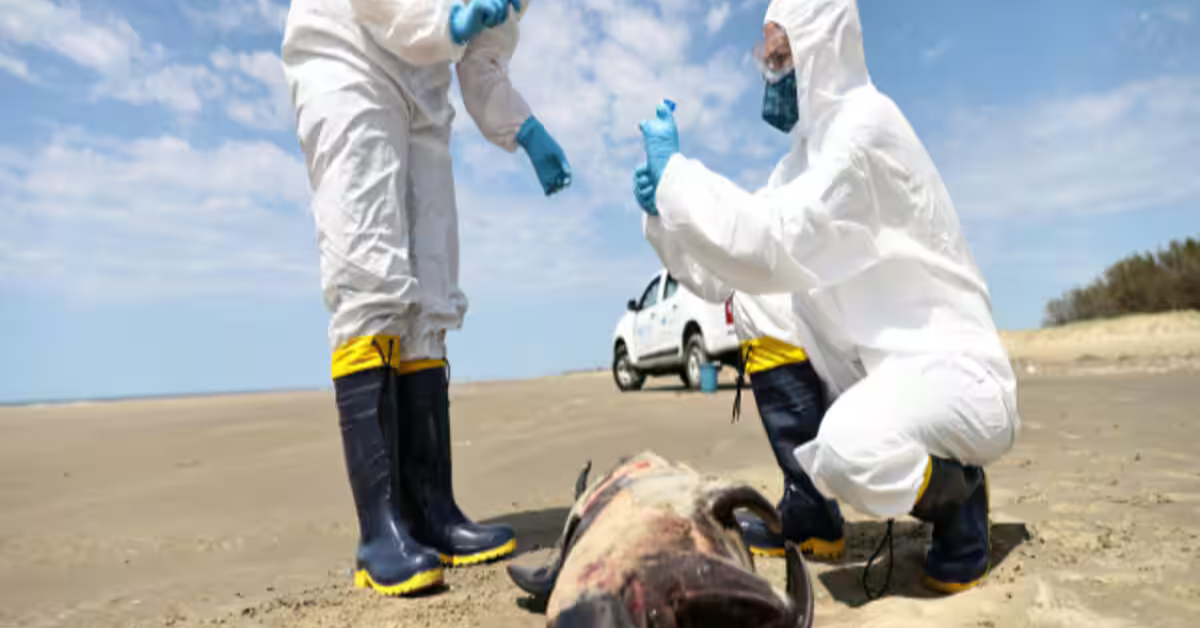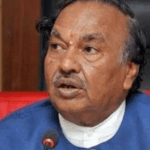Dr. Suresh Kuchipudi, a prominent scientist researching bird flu in Pittsburgh, has sounded the alarm bells, warning that the H5N1 virus has the potential to cause a widespread epidemic. His concerns, echoed by other experts, highlight the urgent need for global preparedness against this deadly pathogen. In this article, we delve into the gravity of the situation, examining the implications of a potential bird flu epidemic and comparing its risks to those posed by the COVID-19 pandemic.
The Threat of H5N1 Virus
Dr. Suresh Kuchipudi’s research has revealed that the H5N1 virus, commonly known as bird flu, has the capability to infect a wide range of mammalian species, including humans. This worrisome development indicates that the virus is evolving towards a more dangerous path, potentially leading to an epidemic. Despite efforts to contain its spread, bird flu infections continue to occur in various parts of the world, posing a significant threat to public health.
Comparison to COVID-19 Pandemic
Experts have drawn parallels between the potential bird flu epidemic and the ongoing COVID-19 pandemic, expressing grave concerns about the former’s potential impact. They warn that bird flu could be exponentially more dangerous than COVID-19, with a mortality rate far surpassing that of the coronavirus. Statistical data from the World Health Organization (WHO) paints a grim picture, indicating that the mortality rate of H5N1 is over 50%, significantly higher than COVID-19’s initial mortality rate.
Global Preparedness and Response
In light of these alarming projections, there is an urgent need for global preparedness and response measures to mitigate the risk of a bird flu epidemic. Public health authorities must prioritize surveillance, early detection, and containment efforts to prevent the spread of the virus. Additionally, investments in vaccine development and research are crucial to bolstering our defenses against this deadly pathogen.
The warnings issued by scientists like Dr. Suresh Kuchipudi serve as a stark reminder of the looming threat posed by the H5N1 virus. With the potential for a devastating epidemic on the horizon, proactive measures are essential to safeguarding public health and preventing widespread transmission. By heeding these warnings and taking decisive action, we can mitigate the risk of a bird flu pandemic and protect communities around the world from its catastrophic consequences.















